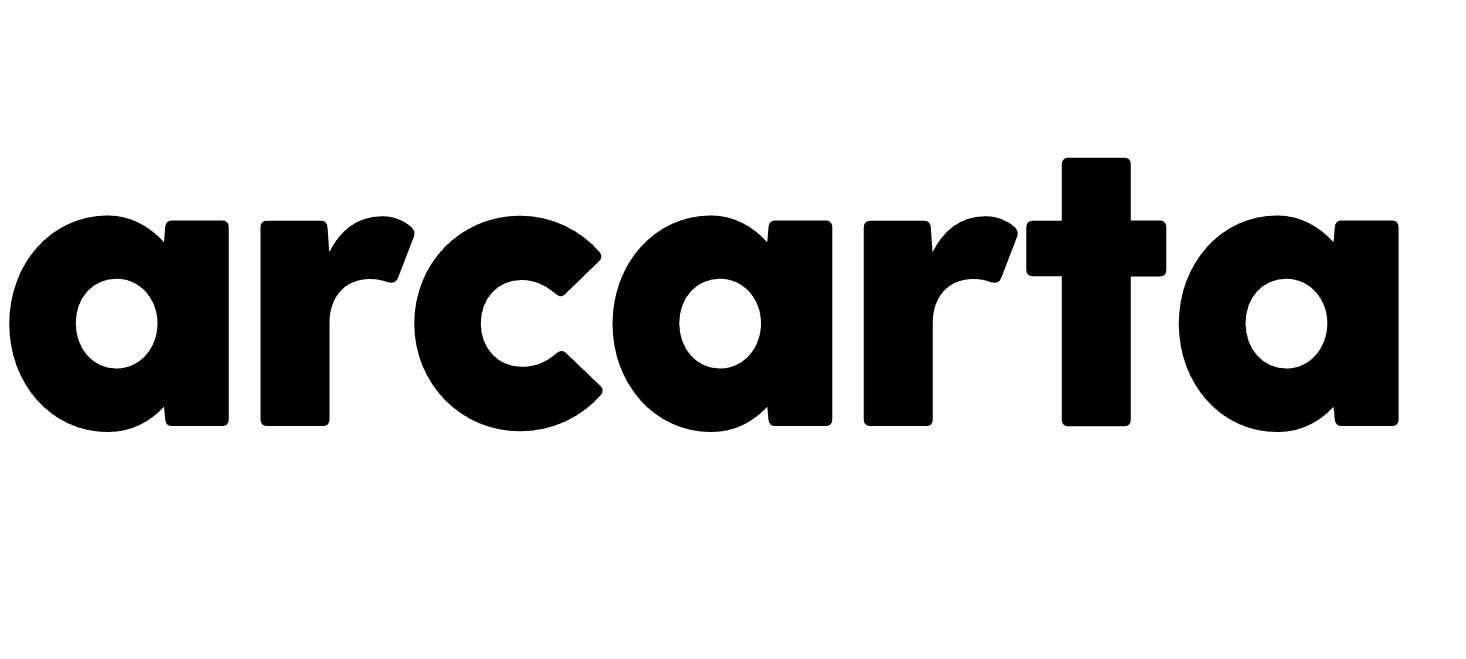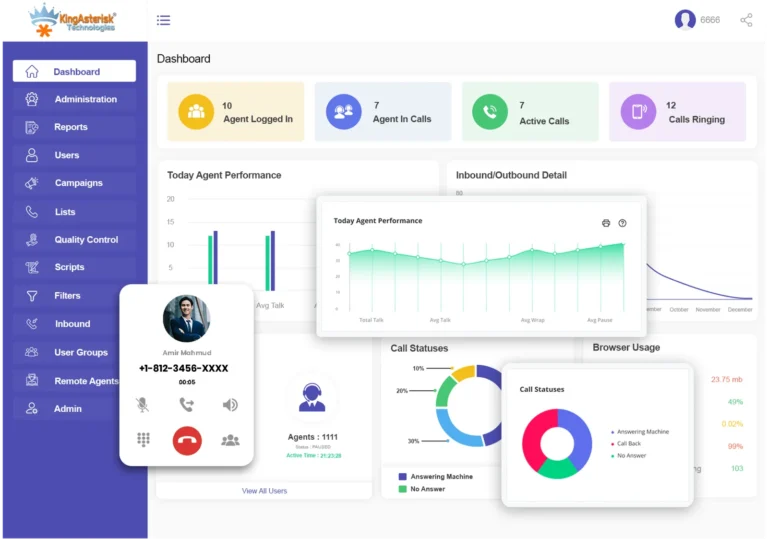Ever rented an office or paid for equipment on lease? Then you’ve likely come across TDS on rent. It’s not just another tax; it’s a responsibility with real consequences. And it all comes under Section 194I of the Income Tax Act. Whether you’re a tenant making payments or a landlord receiving rent, knowing how this law works can save you from legal headaches.
Understanding Section 194I
Objective of the Law
Section 194I was introduced to curb tax evasion and bring transparency to high-value rental transactions. It ensures that a portion of rent is deducted at the source itself, before the landlord receives it.
Who Needs to Comply?
Anyone making rent payments exceeding the annual threshold must deduct TDS. This includes:
- Companies
- Partnership firms
- Individuals and HUFs (if they are subject to tax audit under Section 44AB)
When TDS on Rent Becomes Applicable
The Threshold Limit Explained
TDS is mandatory if annual rent exceeds ₹2,40,000. If you’re paying less, you’re off the hook—at least under Section 194I.
Exemptions and Special Cases
- Individuals not under tax audit: No need to deduct TDS
- Rent paid to government bodies: Often exempt
What Qualifies as “Rent” Under Section 194I
TDS doesn’t just apply to buildings. The law defines “rent” broadly to cover:
- Land or building (residential or commercial)
- Plant and machinery
- Furniture and fittings
- Equipment used on lease
Even if the asset isn’t owned by the lessor (but leased from someone else), TDS still applies.
Who Has to Deduct TDS?
If you’re:
- A company or partnership firm, or
- An individual/HUF with turnover exceeding ₹1 crore (business) or ₹50 lakh (profession),
You must deduct TDS if the rent paid crosses ₹2,40,000 in a financial year.
TDS Rates and How They Differ
Here’s a quick breakdown:
|
Type of Asset |
TDS Rate |
|
Plant and Machinery |
2% |
|
Land, Building, Furniture |
10% |
What if PAN is Not Available?
If the landlord doesn’t provide their PAN, TDS must be deducted at 20% as per Section 206AA.
When and How to Deduct TDS
Timing: Credit or Payment?
You should deduct TDS whichever is earlier:
- When rent is credited to the payee’s account, or
- When it is actually paid
Frequency: Monthly or Annual?
You can deduct it monthly, which is easier for accounting and compliance, though one-time annual deduction is also allowed.
Payment and Deposit of TDS
TDS Payment Process
Use Challan 281 through the TIN NSDL portal or your bank’s net banking facility.
Due Dates You Must Follow
- For all months (except March): 7th of the following month
- For March: 30th April
Late payment means interest and penalties.
Filing TDS Returns
Relevant Forms and Formats
TDS on rent is filed via Form 26Q, which consolidates non-salary TDS payments.
Deadlines and Penalties
|
Quarter |
Due Date |
|
Q1 |
31st July |
|
Q2 |
31st October |
|
Q3 |
31st January |
|
Q4 |
31st May |
Delays attract a late fee of ₹200/day under Section 234E.
TDS Certificates: Your Proof of Deduction
All About Form 16A
You must issue Form 16A to the landlord, showing the amount and rate of TDS.
Issuance Deadlines
Within 15 days from the due date of TDS return filing for that quarter.
TDS and Advance Rent
- TDS must be deducted on advance rent in the month it’s paid.
- Security deposits are exempt only if refundable and not adjusted against rent.
TDS on Shared Rent or Co-owners
If the rent is split among two or more co-owners:
- TDS is applied based on individual shares
- Only deduct TDS if a co-owner’s share exceeds ₹2,40,000/year
TDS in Case of Rent Paid to NRIs
You cannot apply Section 194I here.
- Use Section 195 instead
- Different rate structure
- Requires Form 15CA/15CB for remittance
How TDS Works Alongside GST
Base Amount for TDS
TDS should be calculated on the rent excluding GST.
Do You Deduct TDS on GST?
No. Circular No. 1/2014 clarifies that TDS is not required on GST amount, if shown separately.
Common Mistakes to Avoid
- Using wrong TDS rate (e.g., 2% instead of 10%)
- Not obtaining PAN from the landlord
- Missing TDS on leased equipment
- Delaying TDS deposit, causing interest accrual
Recent Amendments and CBDT Clarifications
Budget 2024
No major changes were proposed in Section 194I during the 2024 budget session.
CBDT Notifications
CBDT issues clarifications from time to time, especially regarding compliance, PAN requirements, and GST treatment.
Conclusion
TDS on rent isn’t just a formality—it’s a legal duty under Section 194I that applies to more people than you’d think. Whether you’re running a startup from a rented office, leasing machinery for a factory, or just renting a commercial flat, the law requires you to deduct and deposit TDS properly. Stay compliant, avoid penalties, and keep your taxes in order—it’s simpler than it seems when you know the rules!













